Engineers apply cutting-edge scientific technologies to solve problems across every industry imaginable. From working to mitigate the effects of climate change, to developing new drugs to help fight the next global pandemic, engineers provide invaluable services to our society. In the rapidly changing world we live in today, it is vital for engineering companies to acquire the resources they need to meet our world’s growing challenges head-on.
Farming brought a slew of challenges, many of which we still face in today’s world. For instance, as populations became more concentrated within a small area while simultaneously growing, it was much easier for diseases to spread. Also, if farming became impossible on a given year due to a drought, for instance, an entire community could be entirely wiped out in a single season. So, the question became: “How do I maximize the crop yield, while minimizing costs and risks?” While we’re fortunate to not have to worry about food shortages in the modern United States for the most part, this is largely thanks to innovation within the agricultural industry. The agricultural industry continues to perform R&D to face incredibly important challenges for the future of humankind, and the cost of many of these activities can be offset by R&D tax credits.
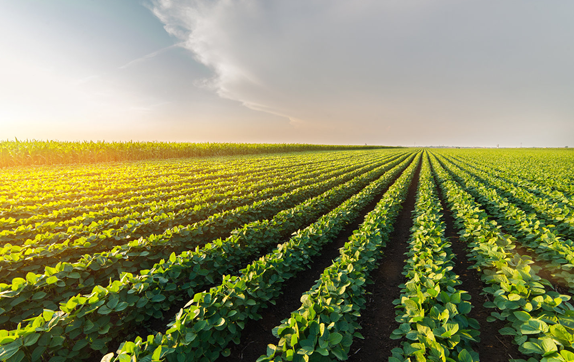
This has never been more relevant in recent months with the Covid-19 shelter in place orders. While supply chains have been completely thrown off, it has never been more important to ensure that grocery stores are being stocked with food. Companies have been forced to come up with innovative solutions to these unprecedented supply chain issues, making R&D more important than ever.
How does an Engineering company qualify for the credit
There is a four – part test used to determine whether a company has a project that qualifies for the R&D Tax Credit. If you have a project that meets each of the four quadrants below, your project most likely qualifies
Technological in nature
- Discover information that fundamentally relies upon principles of Hard Sciences (i.e. Physical Sciences, Biological Sciences, Engineering, Computer Science, etc.)
- Not social, economic, or psychological Permitted Purpose
Permitted Purpose
- Develop a new, or improve an existing, product or process
- Related to Functionality, Performance, Reliability, Quality, Significant cost, Savings, etc.
- Not Aesthetics
Eliminate Uncertainty
- Capability
- Uncertain if able to achieve desired result
- Methodology
- Uncertain of optimal design or process to achieve project goals
- Goals to show there were issues and potential alternate solutions
Process of Experimentation
- Evaluate and test alternative design or process to identify optimal solutions
- Methods to use
- Prototyping
- Modeling
- Systematic Process of Trial and Error
- Simulation
- Computer Science Testing (Validation, Beta, etc.)
Once a company determines that their project meets these criteria, three expense categories factor into the tax credit calculation:

Wages
- Employees involved in conducting or carrying out qualified research.
- Employees providing supervision of qualified research.
- Employees providing support for qualified research activities.

Supplies
- Resources consumed or used up during the carrying out of qualified research.

Contract Research
- 3rd parties paid to assist in the conducting or carrying out of qualified research.
- Requires the Company to maintain rights to the project (i.e. research performed on behalf of the Company)
- Requires the Company to bear the expense if the research is unsuccessful.
Agricultural companies can qualify for the R&D tax credit regardless of the type of farming they specialize in. While not all-inclusive, a few examples of agricultural companies that could claim the tax credit include:

Cannabis
Few industries in the United States have experienced the level of growth seen within the cannabis market in recent years. Even with its quasi-legal status, Arcview Market Research and BDS Analytics conducted a recent study projecting that global marijuana sales will grow from $3.4 billion in 2014 to $40.6 billion in 2024. This increase in sales will come with an increase in R&D investment within the industry, which will allow cannabis growers to continue to take advantage of the R&D tax credit to limit their tax liability. A few examples of qualifying activities include:
- Developing a new strain of cannabis for medical or recreational use.
- Researching new methods to take cannabis (e.g. a new edible or vaporizer).
- Conducting clinical trials to determine efficacy of a new cannabis treatment for a given medical condition.
- Conducting clinical trials to determine efficacy of a new cannabis treatment for a given medical condition
While cannabis has been around for centuries, it is still in its infancy in terms of widespread adoption given its legal status. With that, there is still much research to be done and room for companies to innovate within the space. Cannabis growers can leverage the R&D tax credit to maximize the funds available to funnel into research activities.
Animal Feed
When you think of farming, you probably think of farmers growing crops to sell at a farmer’s market or grocery store for, you know, people to eat. However, approximately 1/3 of croplands are used for livestock feed production. This is a huge percentage, and due to environmental pressures to limit our carbon footprint and maximize green space, there is a push to limit the farmland being used for these purposes. As farmers aim to meet livestock feed demand while also limiting the space they’re using to do so, R&D will continue to be a major driver within the industry. A few examples of R&D activities might include:
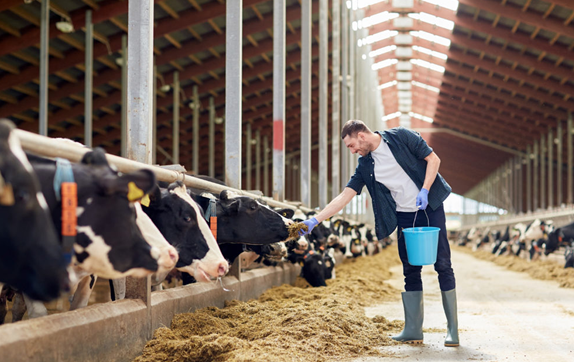
- Designing new equipment or software to automate or semi-automate certain processes.
- Testing new methods of cropping (e.g. transitioning to organic farming).
- Researching methods to maximize crop yields with new fertilizer or fertilization techniques.
- Developing and implementing new irrigation systems.
- Designing specialized farming equipment for planting, harvesting, or processing.
- Optimizing feed quality through chemical evaluations.
If you own a farm that produces crops for animal feed, and you test different methods for accomplishing your goals more efficiently, your operation likely qualifies for R&D tax credits.

Commercial Plantations, Grain Farming, and Co-ops
Commercial plantations take farming to a whole new level and can specialize in a specific crop, grain for instance, and produce this crop on a large scale. Since profit margins are largely dependent on the crop yield, as there is only so much space available and the price is set by the market, commercial plantations often take part in R&D to maximize the yield within a given area. Common qualifying R&D activities performed by commercial plantations include:
- Designing new equipment or software to automate or semi-automate certain farming processes.
- Testing new fertilizers or fertilization techniques to maximize crop yield.
- Developing and implementing new irrigation systems.
- Designing specialized farming equipment for planting, harvesting, or processing.
- Developing or testing a new software that increases efficiency in the supply chain or customer interaction.
If you own a large commercial plantation and continuously develop and test methods to increase your crop yield or operational efficiency, you are likely already engaging in activities that could be written off for significant tax savings.
Livestock Ranching
Approximately 26% of the world’s ice-free land is used for livestock grazing, making it a massive piece of the agricultural industry as a whole. To meet the large global demand for meat products while also giving into societal pressure to treat animals more humanely through free range practices and humane livestock handling, livestock ranchers will need to continue innovating. Some of the costs to perform this research can be offset with the R&D tax credit. Examples of qualifying R&D activities might include:
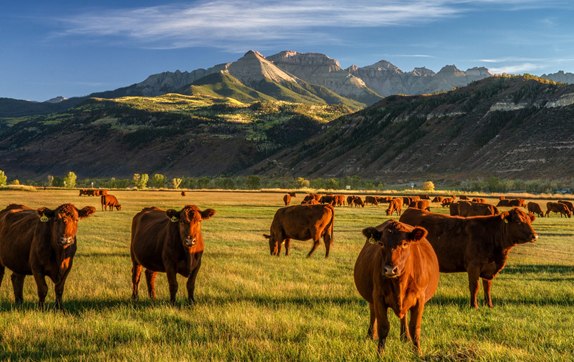
- Conducting genetic research to enhance livestock health and wellness while increasing the quality of the meat.
- Testing new types of animal feed to optimize the animals’ health.
- Designing specialized ranching equipment to improve productivity or safety of the ranching operation.
- Developing a new software that increases efficiency in the supply chain or customer experience when it comes time to sell the meat.
- Developing a new smartphone app to track the health of the herd.

Dairy Farming
Similar to livestock ranching, dairy farmers face many of the same challenges with trying to meet production demands while facing increasing scrutiny from environmental and animal rights groups. Many dairy farmers have turned to researching new ways to optimize their dairy production while meeting these challenges and are rewarded with a significant tax credit at the end of each year. As was the case with livestock ranching, potential qualifying R&D activities might include:
- Conducting genetic research to enhance cattle health and wellness while increasing the quantity and quality of the dair.
- Testing new types of feed to optimize the cattle’s long-term health.
- Designing or testing specialized dairy equipment to improve productivity or safety of the dairy farming operation.
- Developing or testing a new software that increases efficiency in the supply chain or customer experience when it comes time to sell the dairy.
- Developing a new smartphone app to track the health of the cattle.
Wineries / Breweries / Distilleries
While some markets fluctuate wildly depending on economic conditions, one industry enjoys strong demand regardless of the economic landscape – alcoholic beverages. Even as the COVID-19 pandemic caused the United States to shut down almost entirely, CNN reported a 55% increase in March alcohol sales when comparing 2019 to 2020. Beer, wine, and liquor may not have a lot in common in terms of taste, however each of them comes from similar beginnings – a farm. One of the primary factors that determines the quality of the beverage is the quality of the raw ingredients that go into that beverage, so by conducting R&D, beverage manufacturers can gain a competitive edge. Potential qualifying activities a winery, brewery, or distillery might take part in include:
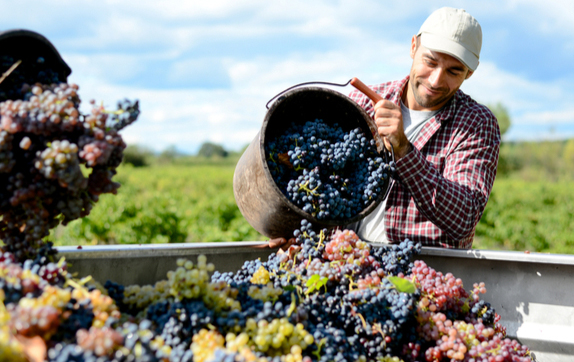
- Conducting genetic testing on different types of grapes, hops, grains, etc. to optimize for taste, crop yield, or any other factor that is deemed significant.
- Designing or testing specialized equipment to improve productivity or safety of the operation.
- Developing or testing a new software that increases efficiency in the supply chain or customer experience.
- Designing or developing new technology to analyze the quality of the raw ingredients after harvesting.
- Researching different combinations of raw ingredients to create the best-tasting beverage possible.
- Retrofitting an existing distillery or brewery operation to manufacture hand sanitizer in order to help meet the large demand caused by Covid-19.
The type of R&D conducted by an alcoholic beverage manufacturer will be largely dependent on their role in the supply chain. While a winery that grows its own grapes may have a hand in all of the R&D activities above, only a couple of these activities may be applicable to a craft brewery who sources their hops through an outside farm. However, the craft brewery experiments with various ingredient and chemical combinations in order to maximize the craft’s flavor and quality. Regardless, just about every player in this industry performs some level of R&D which qualify for R&D tax credits.
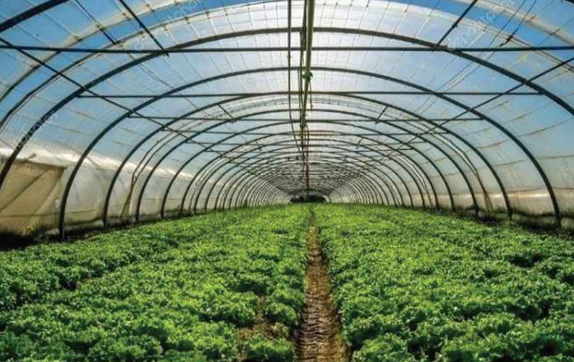
Specialized Horticulture
Electrical engineers design, develop, test, and supervise the manufacturing and implementation of electrical equipment. They frequently conduct research and development activities including:
- Conducting genetic experiments to produce new generations of plants with desirable traits.
- Testing new fertilizers or fertilization techniques to maximize plant yield.
- Conducting experiments for a landscape architecture project to determine the type of plants most appropriate for the given application.
- Designing a new type of equipment to analyze plant health or genetic composition.
Whether your company grows flowers or mini bonsai trees, if you experiment with new ways to grow the highest-quality plants possible in a niche market, you are likely conducting qualifying R&D activities.
Claim your R&D Tax Credits Today
Whether you’re a local farmer who sells most of your crops at the local farmer’s market, a startup within the cannabis industry, or a large commercial operation shipping produce or meat around the world – if your company conducts business within the agricultural industry and regularly partakes in research activities to further your competitive advantage, you likely qualify for the R&D Tax Credit. LEAF Specialty Tax Consultants focuses exclusively on helping innovative companies like yours take advantage of this very specific tax credit. If you’d like to begin the conversation and learn more about how we can help your company qualify, potentially helping you realize significant yearly tax savings, contact us today!


